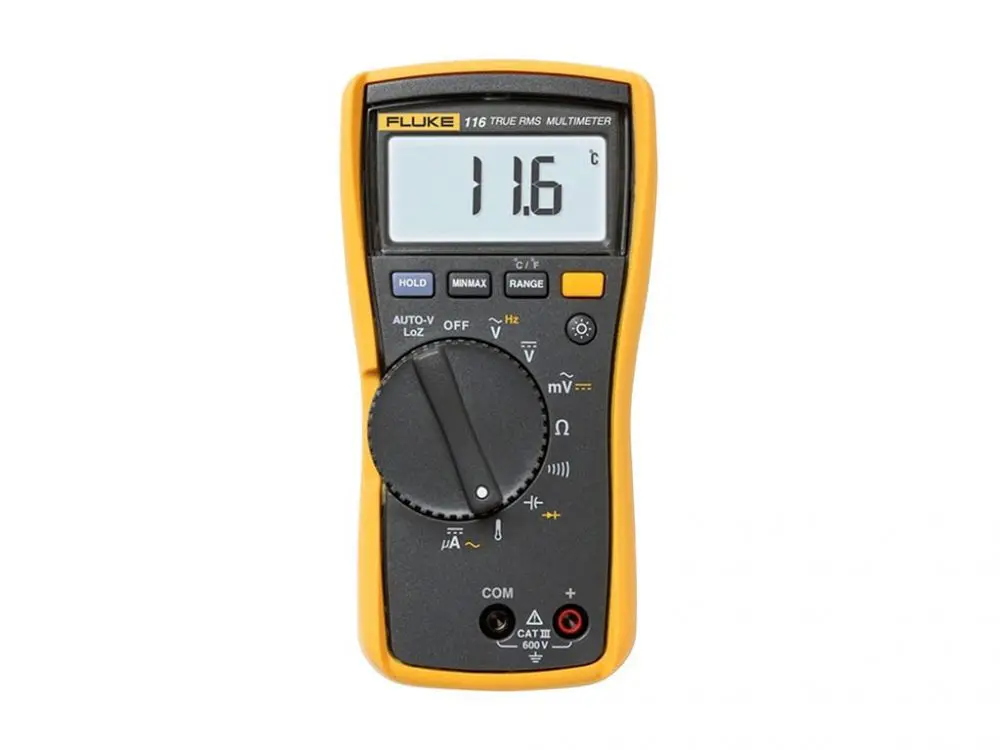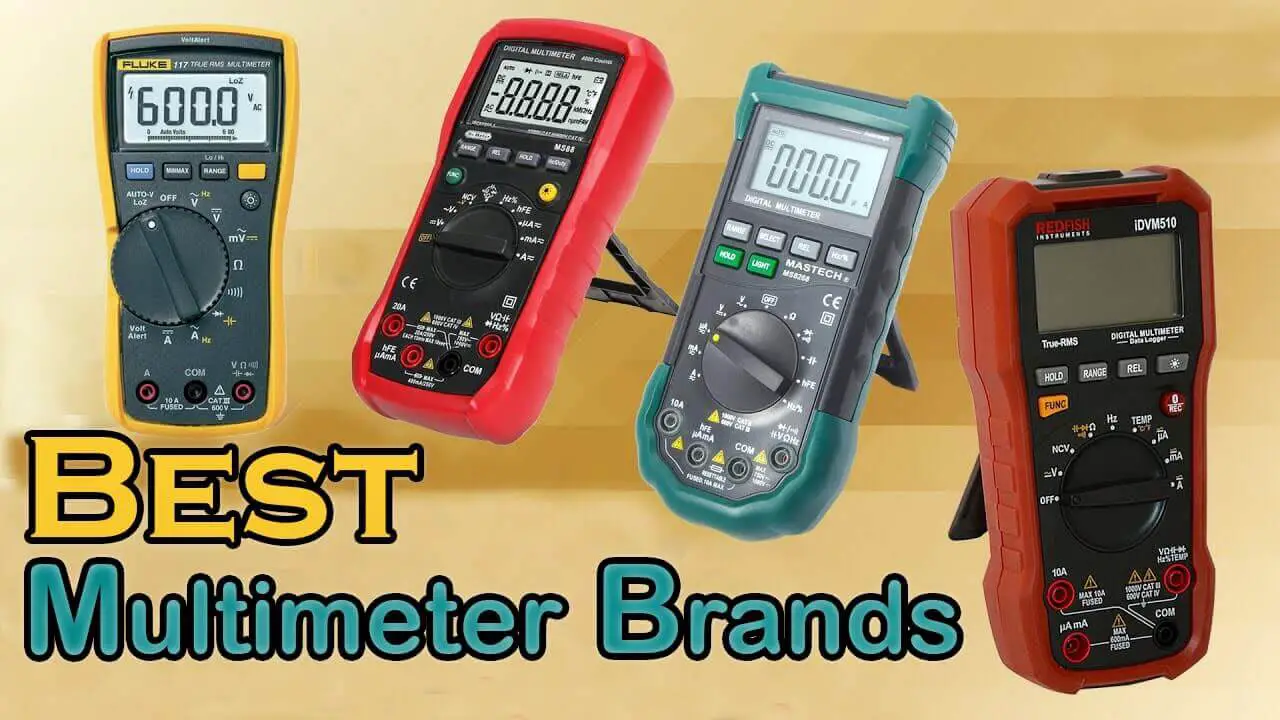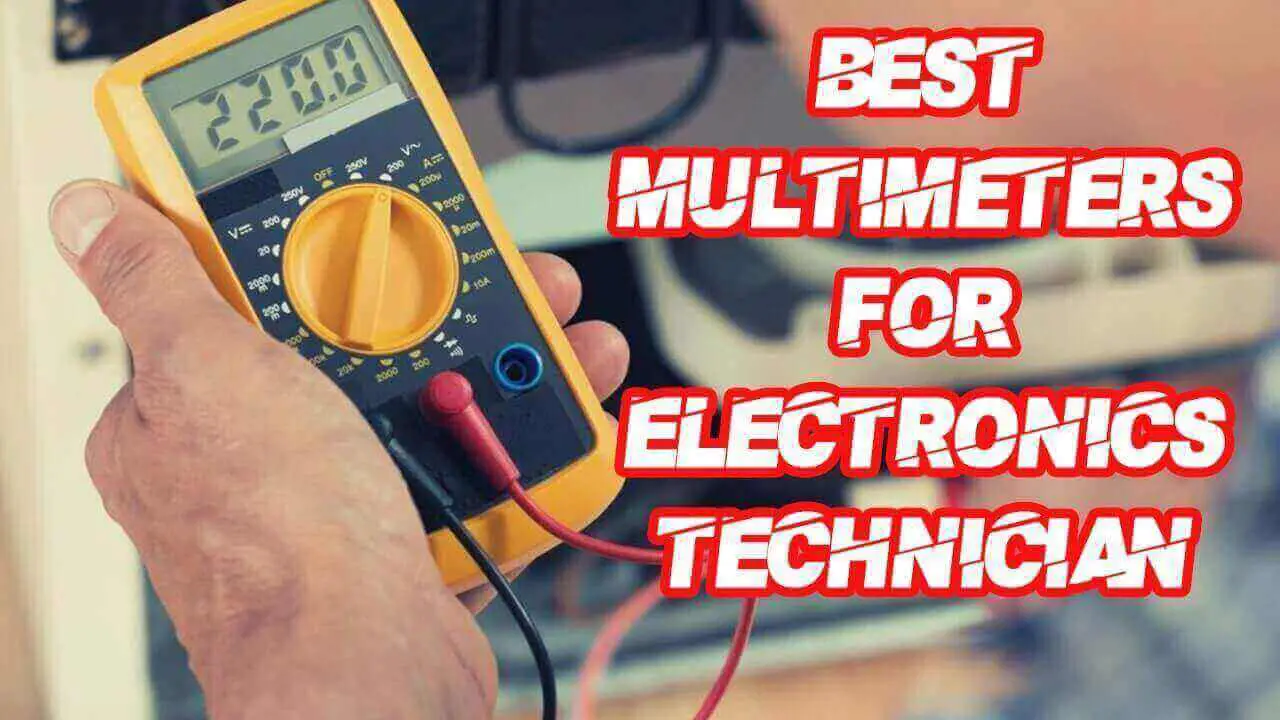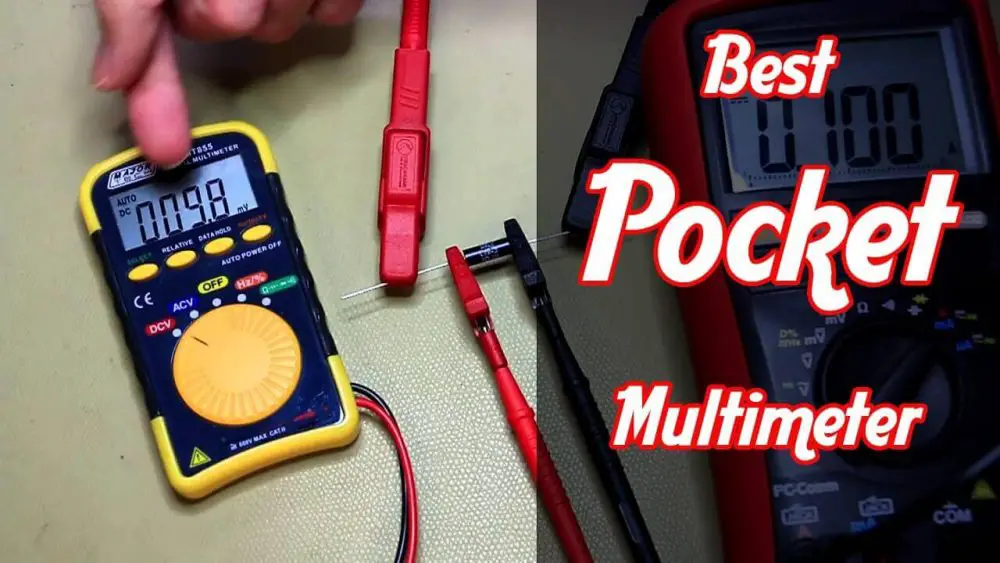Fluke 116 Digital Multimeter Reviews
Fluke 116 digital multimeter is the superman of Fluke multimeters; the multimeter is for professionals or industrialists and HVAC solution for troubleshooting. We will discuss its features, functions, reliability, accuracy, durability and reviews of their customers.
What’s in the box:
- Fluke 116 digital multimeter
- user manual
- Fluke TL75 silicone test leads.
- 80 BK temperature probe
- Holster
- 9v battery
Table of Contents
Fluke 116 Digital multimeter
Fluke 116 is a rugged, accurate, reliable and HVAC multimeter. It can solve as many problems as any other comparable multimeters in the market. Fluke 116 gives you what you need, measurement accuracy, consistency, performance, reliability, safety. Its design is tested to the extreme shock protection, humidity and drop safe.
Fluke 116 is for HVAC professionals
Fluke 116 is capable of taking temperature and microamps measurements. It can repair HVAC equipment and flame sensors because of its intelligent temperature sensors—the best multimeters for professionals’ demands and quick troubleshooting. It is a complete HVAC device, and it can measure capacitance, resistance, frequency and continuity. It is a compact design that helps in a single-handed operation. Large white LED backlight, which helps in working in darker places. It is rugged and reliable too, and it is highly safe and rated for CAT III 600 volts.
Fluke 116 a Quick Review
- Compact, ergonomic design for single-handed operation.
- CAT III 600 V safety rated
- Low input impedance helps prevent reading because of ghost voltage.
- Micro-amps to test flame sensors
- Large white LED light to work in poorly lit areas
- Built-in thermometer for HVAC equipment
- Resistance, continuity, frequency and capacitance
- Min-max-average with elapsed time to record signal function
- Optional magnetic hanger to easy use
- Weight 1.4lbs
Main Features:
Silicon Leads
These leads are great; even in colder temperatures like -30C, the silicon leads remain flexible. However, the meter with the other leads they don’t like the cold too much; they end up being brittle. And they will just break the meter.
Low impedance
It has auto volts, low Z, so if you are not sure it is D/C or A/C volts you are looking to measure, just switch it to auto lousy. And defaults the selector to D/C mode. We will calculate a receptacle here.
A/C and D/C volts
Then we went to 121 volts A/C, right in the corner of the meter; what we like here is this meter has a bar graph, so the range it has is now 0-600, so it shows you it is at 120 volts there. And 121 does the same thing for D/C as well. So whenever you see a little yellow something on the range selector here.
Frequency
If we go off here, we will go to volts. So now I am on volts D/C again. I will measure the receptacle at 121 volts. And If I switch to the range, I hit the yellow button, showing me the frequency. The receptacle is at about 60 hertz, so 59.97 the bar graph is auto-ranging.
Millivolts and microvolts
If I wanted to switch the range, I repressed the range button, so it goes in multiples of 6, so this is manual and then 660 and 600, so change that back to D/C volts.
We have got a battery; we could measure 13.9 D/C volts.
Again the bar graph will do millivolts A/C and D/C. This setting is suitable for checking voltage for flame rectification stuff.
Again if you want to do volt D/C, you would press this, and now you are doing millivolts, D/C Ohms.
This meter goes to kilo Ohms. It is auto-ranging and ranges manually, 600 Ohms, 6 kilo Ohms, 6 mega Ohms.
Continuity, Resistance and Capacitance
So if we test my leads short, my tips show 0.1 Ohms, but here we notice no audible tone in continuity testing.
But if you go on notch down, this will test the resistance and give you the audible warning.
To test capacitance, this one is rated eight microFarads, And we can see a reading of 8.07 microFarads. We can do it manually as well; here, I am doing auto-range.
Diode test
Now press the yellow button again; we got a few diodes here. So by measuring the diode, it will show you the forward voltage on the suitable diode itself. So right now, we have a reading of 0.6 D/C volts, forward voltage. If I reverse my leads, I will not read anything because it has an anode and a cathode on the diodes. Here you should make sure your polarity is correct. Some bigger diodes have a lower forward voltage of 0.56 D/C volts.
This meter is geared towards HVAC so that it will measure temperature. Thermocouple K-type, so we will unplug the leads here. Set the temperature open because the plugin it’s currently 60 degrees going down now.
The final setting is my crops A/C and D/C again used for flame rectification.
I use it daily in my seven years of use, and its battery is 9volts, and I have to change it only once; excellent battery life.
Best for HVAC measurement
The Fluke 116 is mainly for the HVAC professional. However, it can also measure temperature and microamps specifically for HVAC applications beyond your standard multimeter functions.
Read more: Top 10 Best Automotive Multimeters
THING I LIKE ABOUT IT
Measures capacitance and frequency
Auto volts LoZ functions
Auto and manual-ranging.Temperature range
Battery 9v with compartment
THINGS I DIDN’T LIKE
The screen is not very clear
Frequently Asked Questions
The hold button, when you press it, can capture the reading displayed on the screen.
It can measure capacitance up to 10,000 Farads.
Read more: How to use an Automotive Multimeter
Conclusion
The introductory review article of fluke 116 digital HVAC multimeter, as Fluke’s name, is rugged and reliable in the market. In addition, the multimeter is safe and has all professional functions. It has a true RMS and temperature check. Operations include all ranges of an industrial workplace needs. Worth it to buy at this price, long-lasting, accurate, and reliable.
Related posts:
Fluke 88V Automotive Multimeter Review
Fluke 117/323 KIT Multimeter and Clamp Meter Combo Kit Review





